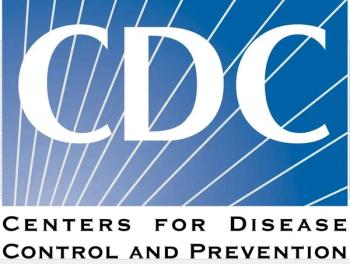
Hep C Guidance Update Quiz: Special Populations
The newest HCV guidance is out on special populations. Are you up to date? Take our short, 5-question quiz to find out.
References: 1. Bourlière M, Gordon SC, Flamm SL, POLARIS-1 and POLARIS-4 Investigators. Sofosbuvir, velpatasvir, and voxilaprevir for previously treated HCV infection. N Engl J Med. 2017;376:2134-2146. 2. Poordad F, Felizarta F, Asatryan A, et al. Glecaprevir and pibrentasvir for 12 weeks for hepatitis C virus genotype 1 infection and prior direct-acting antiviral treatment. Hepatology. 2017;66:389-397.3. Schoenbachler BT, Smith BD, Seña AC, et al. Hepatitis C virus testing and linkage to care in North Carolina and South Carolina jails, 2012â2014. Public Health Rep. 2016;131:98-104.Â
Newsletter
Enhance your clinical practice with the Patient Care newsletter, offering the latest evidence-based guidelines, diagnostic insights, and treatment strategies for primary care physicians.















































































































































































































































































